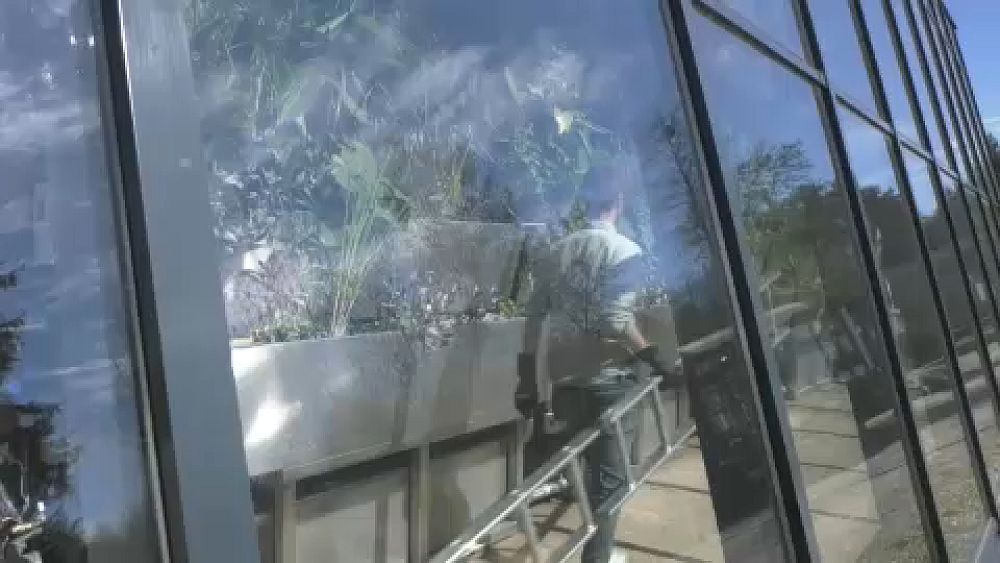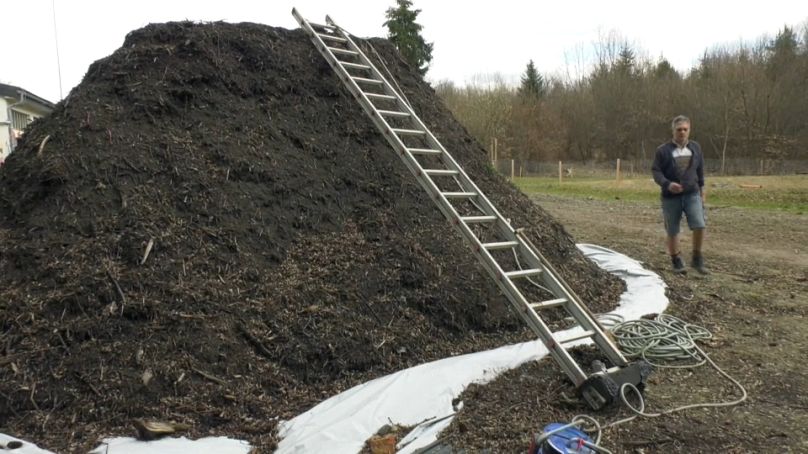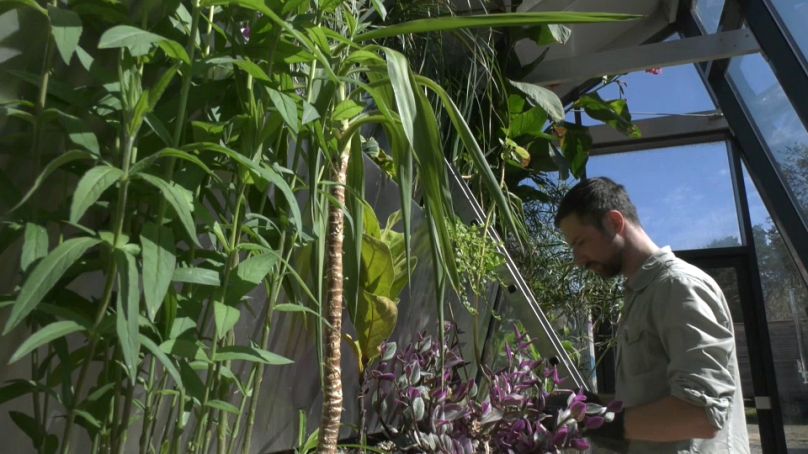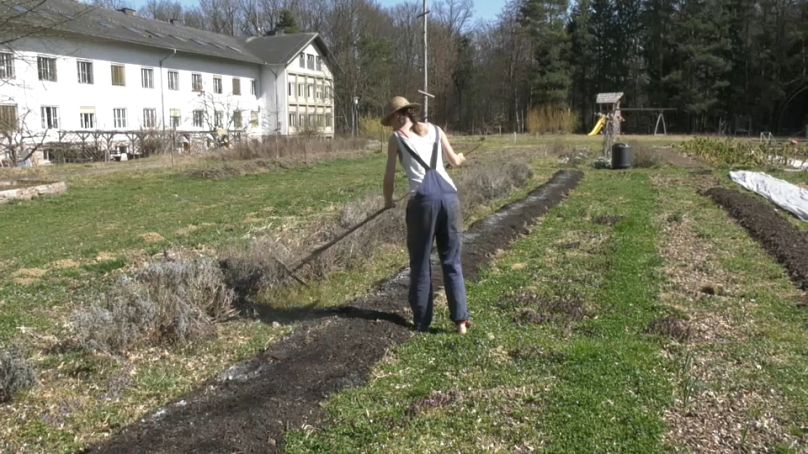
A former army barracks in Austria is fast becoming the country’s first eco-village according to its founders.
Cambium Leben in Gemeinschaft is located in the south-eastern part of the country and is one hour drive from the city of Graz.
It has 3,000 square metres of living space and 20 hectares of farmland and is already home to some 40 adults and 20 children from all over the world, who moved there to test new ways of living more sustainably.
Italian anthropologist Rafaela Walter Bachmann is one of the community’s cofounders and said the residents in 2019 leveraged more than €2 million euros to buy the premises thanks to a crowd investment.
“It has been a long process,” she said.
“We found this army barrack in 2015 and are currently building the first eco-village in the country. Step by step we are testing and structuring a whole set of sustainable solutions.”
Supported by the European project Houseful, the key strategy is working together. One of the ways is a so-called “Bio-Meiler”, which uses wood compost made from the waste of the community carpentry.

“If we dig here a little bit, we can already feel that it is very warm,” resident Cosmo Atef said, while plunging his hands into the compost.
“Today we don’t see any steam rising, because it’s too hot, but the fermentation process generates heat, and thanks to a pipe system that we have inside the compost pile, we use it to heat the water.”
Once it is heated by the “Bio-Meiler” the water is then fed to the nearby greenhouse, where it is funneled into a “natural wall” by a serpentine of pipe systems.
Jan Barnick has been in charge of implementing the natural solutions adopted by the community for a long time. She said it’s a very efficient way of using materials around them and nothing goes to waste.
“This is no ordinary wall. It is made of straw, coal, sand, and clay, this wonderful material that we can find everywhere out here,” she said.
“Because of its composition, it stores heat, it stores water vapor, and it stores also carbon dioxide, which is held here and doesn’t get released into the atmosphere.”
The greenhouse itself plays a key role in the circular management of the community’s waste and resources. Inside there is a so-called “green wall”, consisting of several degrading rows of pots, with different plant species.

Marco Hartl is an environmental engineer at alchemia-nova, the company in charge of managing the green wall.
“This is a nature-based solution,” he explained.
“The plants and the micro-organisms basically do the work for us and without the use of additional energy: they filter and purify the water, from the toilets, the washing machine, and the showers so that it can be reused.”
According to EU standards, once it is purified by the green wall, the water can be reused to irrigate the 1,000 square metres of the vegetable garden of the community.
“Here we grow 70 different crops, from tomatoes and lettuce to beans, peas and pumpkins,” another resident Claudia Schnirch said.
“With these vegetables we feed 60 people for about eight months a year. Last year, we harvested three tonnes of vegetables and it allows us to significantly save.”

The vegetable garden is manured with “digestate”, a natural-liquid fertiliser, made as a by-product made from the community mini-bio gas plant, the first of its kind in Austria.
“This is the place where everything flows together: the nutrients from the bio-gas plant and from the compost, and the reclaimed water. But here it is also where we ‘close the circle’,” Schnirch said.
“After being eaten and flushed down, all these vegetables get back into the recycling process.”





